
Watch out, Audi! How Lexus staged a sales comeback in 2023 off the back of updated Lexus RX, NX and UX SUVs
The cold, hard facts of the 2022 sales data were not good for Lexus. The brand...
Browse over 9,000 car reviews
.jpg)
ANCAP has announced the first ever crash test results based on its most recent 2023-2025 testing criteria.
The new criteria has been significantly altered, with updates to the point scoring system around vehicle structure, restraint design, cyclist protection and motorcyclist detection, auto emergency braking, protections for child occupants and pedestrians, rescue and extraction and driver monitoring tech.
Examples of ways these criteria have been emphasised for this year’s regulations include a doubled penalty for cars which perform poorly in vehicle-to-vehicle crash scenarios, an assessment of the AEB system’s ability to detect a potential collision at an intersection and its ability to detect cyclists and motorcyclists, as well as assessing the direct driver monitoring functionality for fatigue and unresponsiveness (this means points can be awarded for systems which actively intervene rather than issue warnings).
Previously, the minimum allowed score for the ‘vulnerable road user protection’ category was 60 per cent, but this has now been boosted to 70 per cent. It is notable that 80 per cent continues as the minimum score for adult occupant protection and child occupant protection.
The first vehicle to be tested under these new criteria is the 2023 Lexus RZ. The brand’s first dedicated electric model (which costs from $121,675 before on-roads and notably shares its underpinnings with the incoming Toyota bZ4X) was rated a maximum five stars, scoring 87 per cent for adult occupant protection, 89 per cent for child occupant protection, 84 per cent for vulnerable road user protection, and 84 per cent for safety assist. The score applies to all current RZ variants sold in both Australia and New Zealand.
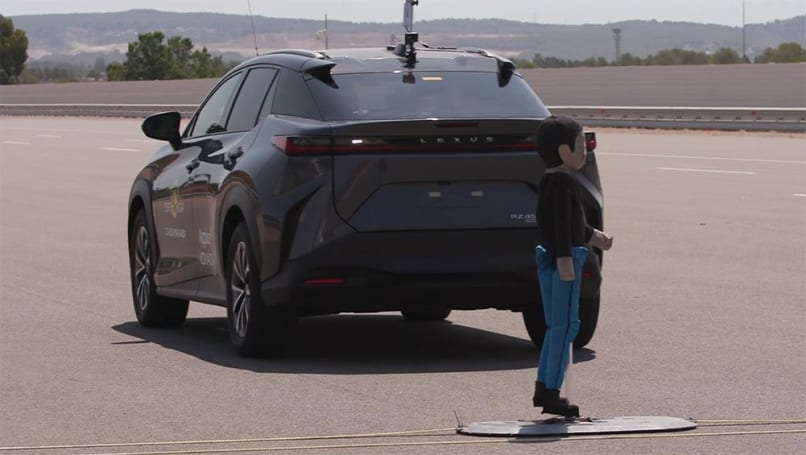
Even still, a ‘poor’ rating was assigned for protecting vulnerable road users in the event of a collision at the base of the windscreen and for its “stiff windscreen pillars.” The RZ was also not awarded points for intervention of its driver monitoring technology - as the system only warns drivers who are fatigued.
The car’s active safety equipment received a ‘good’ score across the board for auto emergency braking, lane support and blind spot monitoring systems.
While ANCAP has no doubt improved the standard of safety for new cars sold in Australia for a long time, it has come under increasing criticism from both automakers and the media for the increasing difficulty of its coveted five-star rating.
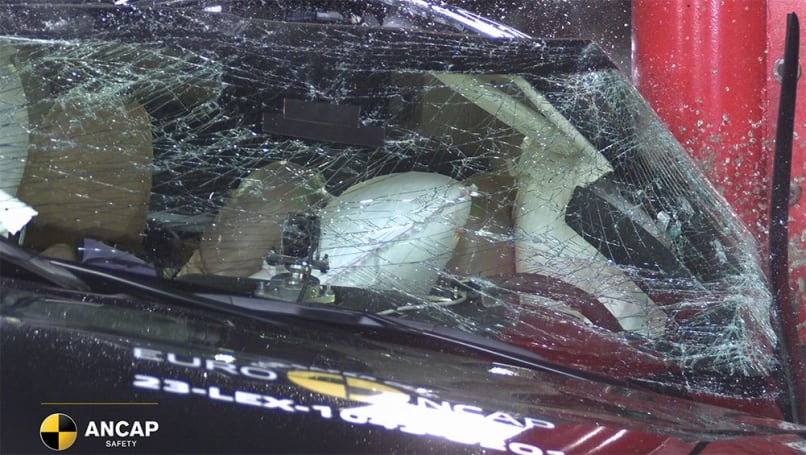
As a high minimum score is mandated for expensive-to-install active safety equipment, the argument has been made that ANCAP is pushing up the price of new cars in Australia by making a five-star rating impossible for cars which have an entry price-point.
As such, cars which are comparatively safe in the event of an actual crash are receiving lacklustre scores because they don’t tick certain boxes when it comes to aforementioned active safety items and cars like the Citroen C4 and Hyundai Palisade - which otherwise scored well in tests - were actively criticised by ANCAP for their four-star ratings.
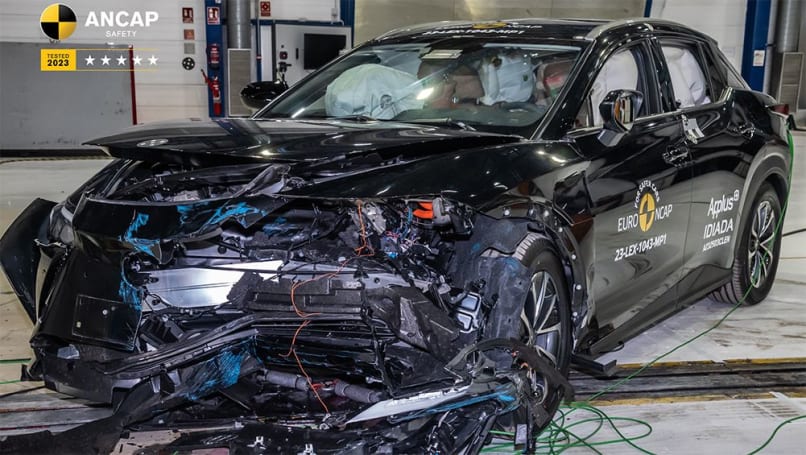
MG, for example, recently told CarsGuide that it was happy to forgo a maximum five-star ANCAP rating in order to continue to offer sub-$30,000 cars in our market, while Mitsubishi’s local managing director recently lamented ANCAP’s “five star or nothing” attitude, which he said was not reflected in Europe or other places around the world.
Many older vehicles which currently hold comparatively ancient, but still valid, five-star ANCAP ratings will soon be stripped of their rank as the authority now places expiry dates on ratings, the oldest valid year currently being 2016.
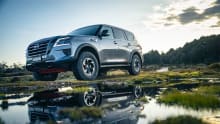

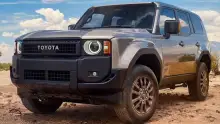

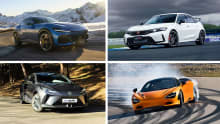
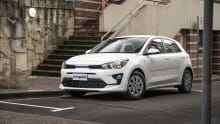
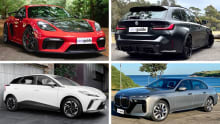

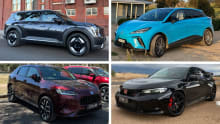
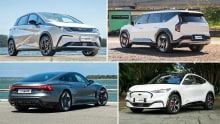
Comments